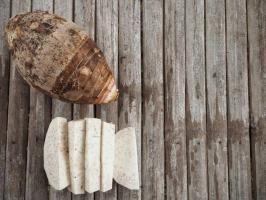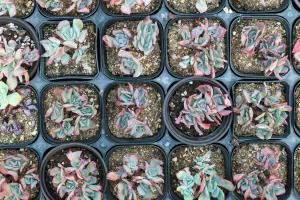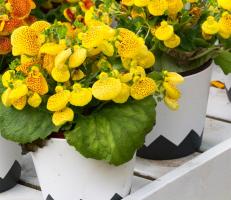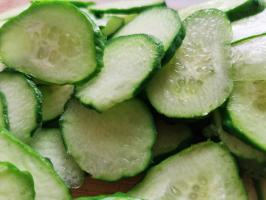Introduction
When it comes to growing vegetables, the quality of soil is one of the most important factors. Topsoil, the upper layer of soil, plays a crucial role in providing necessary nutrients and water for plants. But is topsoil good for planting vegetables? In this article, we will explore the benefits and drawbacks of using topsoil for vegetable gardening.
Benefits of Using Topsoil for Vegetable Gardening
1. Nutrient-rich: Topsoil is the top layer of soil that is rich in organic matter, essential nutrients, and beneficial microorganisms. These nutrients are necessary for plant growth and help to promote healthy root development.
2. Drainage: Topsoil has a loose and aerated structure that allows for good drainage, preventing waterlogging and root rot.
3. Water retention: The organic matter in topsoil helps to retain water and prevent it from draining away too quickly. This ensures that plants have a steady supply of water, even during dry spells.
Drawbacks of Using Topsoil for Vegetable Gardening
1. Contamination: Topsoil can be contaminated with pollutants, heavy metals, or chemicals, which can be harmful to plants and humans. It is essential to test the soil for contaminants before using it for garden beds.
2. Microbial imbalance: Topsoil can sometimes have an imbalanced microbial population, which can lead to a variety of plant diseases.
3. Cost: Topsoil can be expensive, depending on the source and quality. This can make it difficult for gardeners on a tight budget to afford.
How to Use Topsoil for Vegetable Gardening
1. Test the soil: Before using topsoil for vegetable gardening, test it for any contaminants or imbalances. This will help ensure that the soil is safe and suitable for growing plants.
2. Mix with other soil amendments: Mixing topsoil with other amendments such as compost, peat moss, or perlite can help to improve soil structure, drainage, and nutrient availability.
3. Use raised garden beds: Raised garden beds filled with topsoil can help to prevent contamination from surrounding soil, and provide better drainage.
Conclusion
Topsoil is a valuable resource for vegetable gardening as it provides essential nutrients and good drainage. However, it is essential to test the soil for contaminants and microbial imbalances before using it for garden beds. Mixing topsoil with other soil amendments and using raised garden beds can also help to improve soil quality and prevent contamination. With proper care and attention, topsoil can be an excellent choice for growing healthy and thriving vegetable plants.

 how many times do yo...
how many times do yo... how many planted tre...
how many planted tre... how many pine trees ...
how many pine trees ... how many pecan trees...
how many pecan trees... how many plants comp...
how many plants comp... how many plants can ...
how many plants can ... how many plants and ...
how many plants and ... how many pepper plan...
how many pepper plan...
































